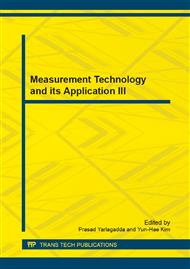p.1702
p.1706
p.1710
p.1714
p.1728
p.1733
p.1737
p.1743
p.1749
Design of Variable Valve Agency for Gasoline Engine Based on AVLBOOST
Abstract:
As an important technological means for engines’ low emission with high efficiency, variable valve agency is widely applied in the new-type machine’s R&D and the old-type machine’s modification. This paper applies AVL BOOST one-dimensional simulation software to the working process of the small displacement electronic control gasoline engine and proceeds with the analog simulating calculation. The data error between the calculated result and the original experiment one is less than 5%, so the calculation precision meets the requirements. As formulating simulation study programs and analyzing the valve timing parameters’ impact on the low-emission electronic control gasoline engine’s performances, this paper finds the intake duration angle, the exhaust advance angle, and the valve overlap, all receive big impacts; the original machine’s valve timing optimizes the treatment of working conditions with high speed while sacrificing the power performance of low-speed working conditions. On this basis, this paper designs the variable valve mechanism, and improves the original machine’s medium-and-low rotating speed’s torque by 10% or so.
Info:
Periodical:
Pages:
1728-1732
Citation:
Online since:
June 2014
Price:
Сopyright:
© 2014 Trans Tech Publications Ltd. All Rights Reserved
Share:
Citation:


